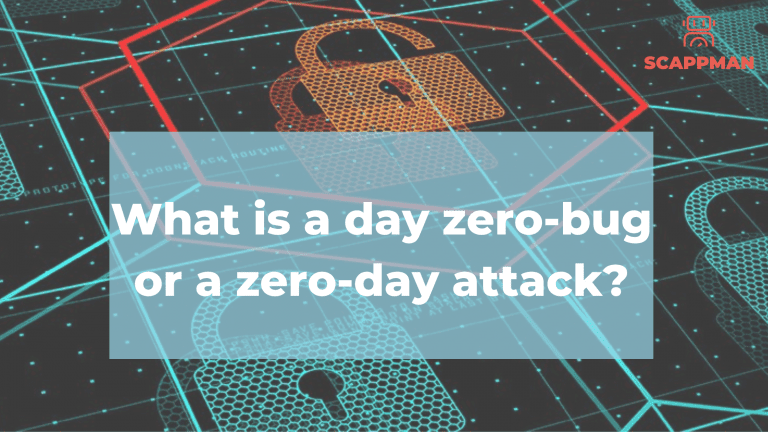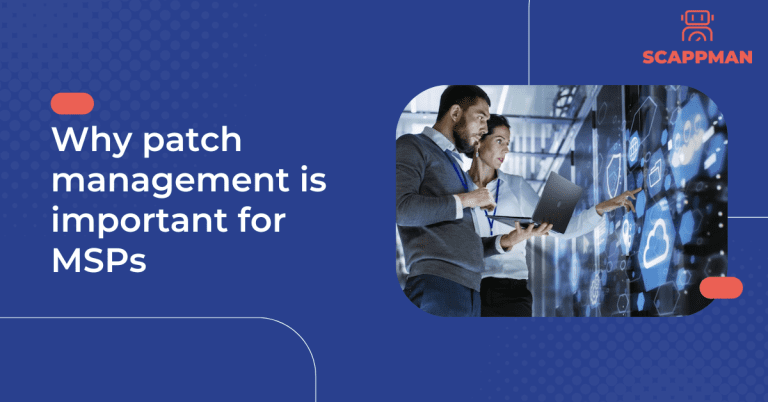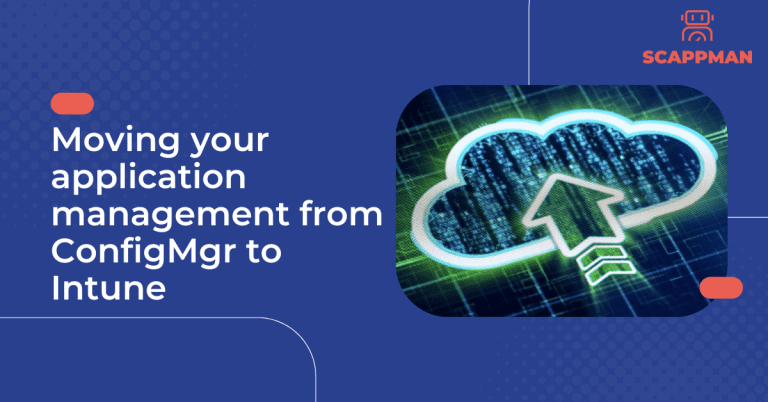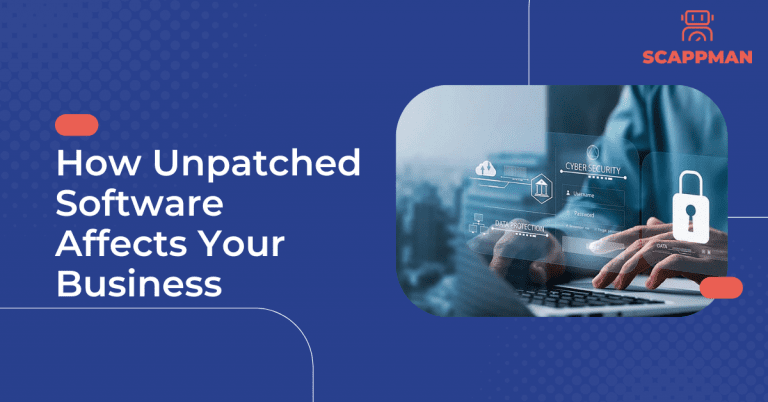A day zero-bug or zero-day attack, as defined by Hewlett Packard, “occurs when a vulnerability is being exploited before the vulnerable software vendor has knowledge of the vulnerability and develops a patch.” Zero-day attacks are dangerous because malicious hackers can use them to exploit vulnerabilities before patches are even available.
So the meaning of a zero-day bug is pretty straightforward; it’s the same as when you ask a company when they want a project finished, and they say, “Yesterday.” Yesterday was the day everything was alright. Contrastingly, today is not.
You have less than a day or zero days to fix the bug or have the vendors create a patch.
The difference between a zero-day vulnerability, a zero-day exploit, a zero-day attack and a zero-day virus
A zero-day vulnerability is a programming vulnerability discovered by hackers upon vendor deployment. There’s no software patch available for zero hour exposure, enabling any assault to proceed. So a zero-day is the opposite of a known vulnerability, which is a known vulnerability, with a published patch.
A zero-day exploit is an action taken by hackers to obtain access to a system containing an unexpected vulnerable flaw.
A zero-day attack is an attack that uses a zero-day exploit or attacks the system with a zero-day vulnerability.
A zero-day virus is a technical term for computer malware created, not yet discovered.
It’s all in the patches
Patching and updating are crucial aspects of removing vulnerabilities. The increase in cyberattacks during the pandemic has been phenomenal. Some reports state a rise of 600%, with a noticeable increase in attacks targeting mobile devices. But 9 out of 10 times, if you’re in this industry or market, you’ll probably already know this. With working from home and BYOD policies, it’s becoming an even bigger issue. The reason is straightforward; it’s an open door for hackers. Even when company policies and VPNs are in place, it’s still tricky for IT managers to keep hackers out of their systems. That’s why Microsoft Endpoint Manager and Microsoft Intune are necessary software in every enterprise currently working in a Microsoft ecosystem. And if you really want to be secure, it’ll be even better to include Scappman as an add-on. Scappman is a 100% cloud solution that automatically installs your applications and keeps them up-to-date, saving hours of IT team time.
So now you know the difference between attacks, exploits, etc. Remember: It’s better to be safe than sorry.




